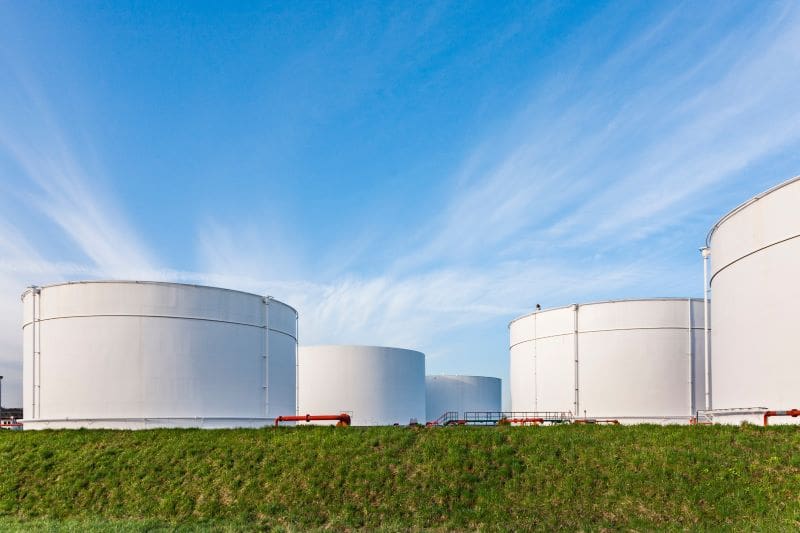The Biden administration threw up another road block in the future of oil production in the U.S. this week when it canceled oil leases in the Artic National Petroleum Reserve.
The cancellation follows a host of recently released negative proposals, rulemakings and actions aimed at making life more difficult for American oil and natural gas producers.
The Interior Department is canceling leases sold in a January 2021 auction of parcels in the Arctic National Wildlife Refuge’s Coastal Plain that was mandated by Congress in 2017 to offset revenues lost because of a tax reduction.
Congress also passed legislation last year urging the approval of a similar lease sale, the ConocoPhillips Willow project, in the National Petroleum Reserve-Alaska.
The Interior Department received criticism from lawmakers in Washington who said the administration has unfairly targeted future domestic oil production while criticizing domestic producers for rising prices.
Critics also point out that the administration released an estimated 180 million barrels from the Strategic Petroleum Reserve last year in an effort to manipulate crude oil markets downward. Oil prices did decline for a few months, but they are rising again approaching $90 per barrel. The Energy Information Administration forecast this week oil prices will continue to rise as supply will not be able to keep pace with demand.
The release of the oil from the SPR was a desperate act that left the SPR at a 40-year low of 347 million barrels.
Additionally, the administration recently proposed expanding reporting requirements of U.S. oil and gas producers from producing wells, increasing royalty rates by 30 percent, and proposed to list a lizard as an endangered species which would complicate drilling and production operations.
All of these actions appear to indicate that the administration is not worried about global and domestic demand increasing for many years while inventories decline.
However, the Internal Energy Agency (IEA) reports oil demand is set to rise by 2.2 million barrels a day in 2023, averaging 101.8 million barrels a day. Demand growth is forecast to increase by 1 million barrels a day in 2024, averaging 102.8 million barrels a day, according to IEA.
IEA expects oil supply to grow by 1.5 million barrels a day in 2023 to average 101.6 million barrels a day, and rise by another 1.7 million barrels a day next year.
Global oil inventories fell by 76.3 million barrels a day, hitting a 13-month low in August, according to IEA. “Oil stocks will be at uncomfortably low levels, increasing the risk of another surge in volatility that would be in the interest of neither producers nor consumers, given the fragile economic environment,” IEA said.
Alex Mills is the former President of the Texas Alliance of Energy Producers.
Alex Mills is the former President of the Texas Alliance of Energy Producers. The Alliance is the largest state oil and gas associations in the nation with more than 3,000 members in 305 cities and 28 states.





